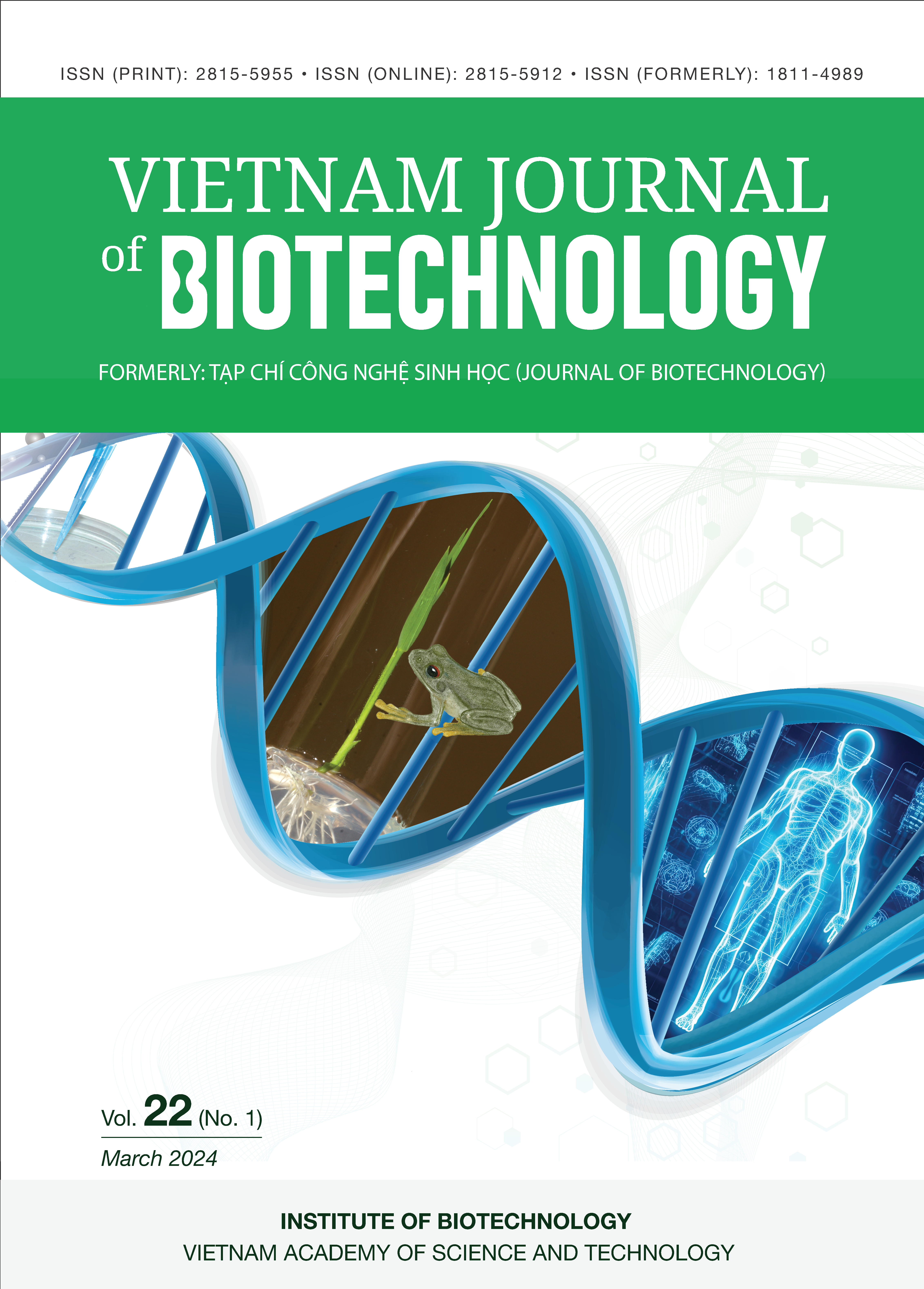Transgenics with gonadal microinjection in dioecious Caenorhabditis nematodes
Author affiliations
DOI:
https://doi.org/10.15625/vjbt-19892Keywords:
androdioecious, Caenorhabditis, fluorescent protein, microinjection, myo-2, sur-5, transformationAbstract
Biological research with nematode models is increasing to understand the phenomenon of molecular genomes, genetics, and biological comparison. Different methods have been developed to produce genetically modified organisms that have the desired characteristics. Found in 1985, the gonadal microinjection in Caenorhabditis elegans has been obtained greatly effective for transformations. To other nematodes, this transformation methodology could play an important role in studying genetics and genomics within and among the species. Research methods with several other non-C. elegans round nematodes were adopted the microinjections to do transformation. In this research of transformation, we report the results of transgenics for different plasmids in eight dioecious species (C. portoensis, Caenorhabditis sp. 33, C. brenneri, C. nigoni, C. sinica, C. imperialis, C. nouraguensis, and C. remanei). We gained the stable transgenes of the first four species and failed the last four.







